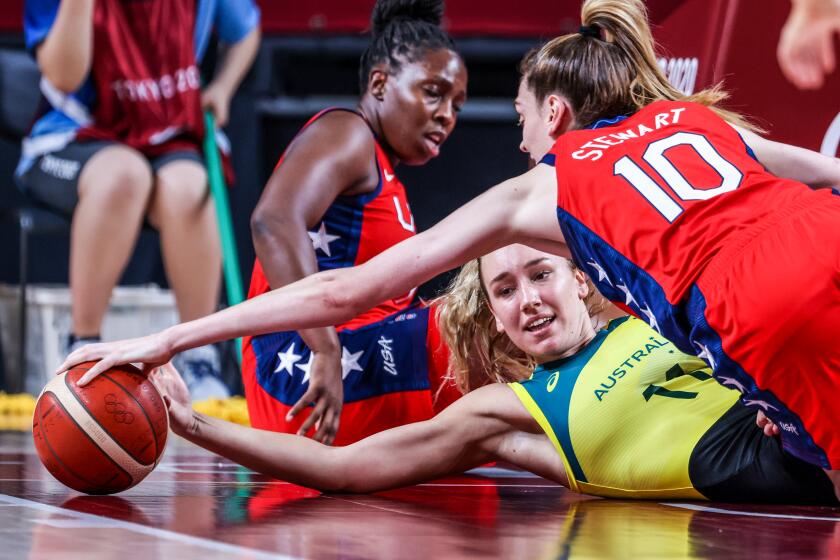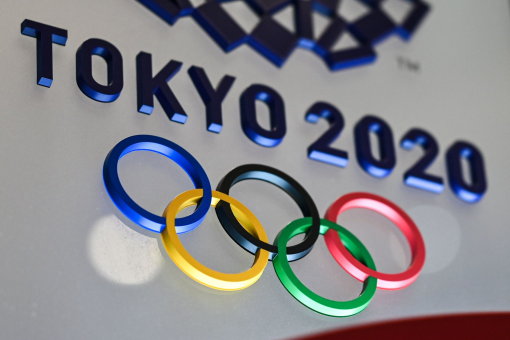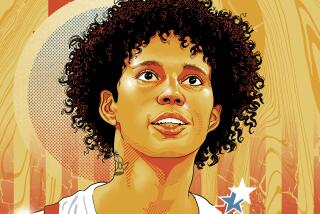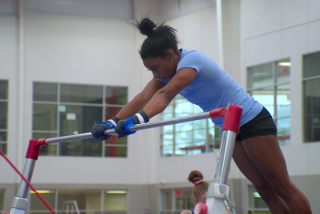How Dominique Wilkins and Kobe Bryant helped Olympians beat devastating injuries

TOKYO — The first thing Dominique Wilkins does is remember the pain in the back of his leg. The second thing is he gets ready for the phone to ring.
Because when you’re an NBA legend who conquered what was once considered unconquerable — a ruptured Achilles tendon — people want to know how you did it.
“I feel it just like it was yesterday,” Wilkins said by phone. “I feel for anybody who had that. That’s an awful, awful, awful injury.”
Both directly and indirectly, advice from Wilkins put all three U.S. basketball teams in position to win gold medals, because a torn 2.7-inch-wide tendon is what ties the men’s basketball team to the women’s three-on-three and women’s five-on-five teams.
The U.S. women’s basketball team didn’t enter the Olympics on the strongest of runs, but their victory over Australia proves they are as dominant as usual.
Kevin Durant, Breanna Stewart and Kelsey Plum all suffered the injury within 14 months of one another. All three walked into the Olympics representing the United States, recovered from the injury Wilkins improbably beat almost 30 years ago.
It has made him a mentor for so many players who have needed to stare down a recovery process that can last more than a year. And if a player didn’t speak to Wilkins about what it took to get back to normal, that player almost certainly had that conversation with someone who did speak to the Hall of Fame member.
When Kobe Bryant tore his Achilles tendon in 2013, studies showed that more than a third of the players with that injury never played another NBA game.
So Bryant looked to the man who did it better than anyone before him, Wilkins, who somehow returned nine months after making his tendon look like the head of a mop to score 32 points in his first game back.
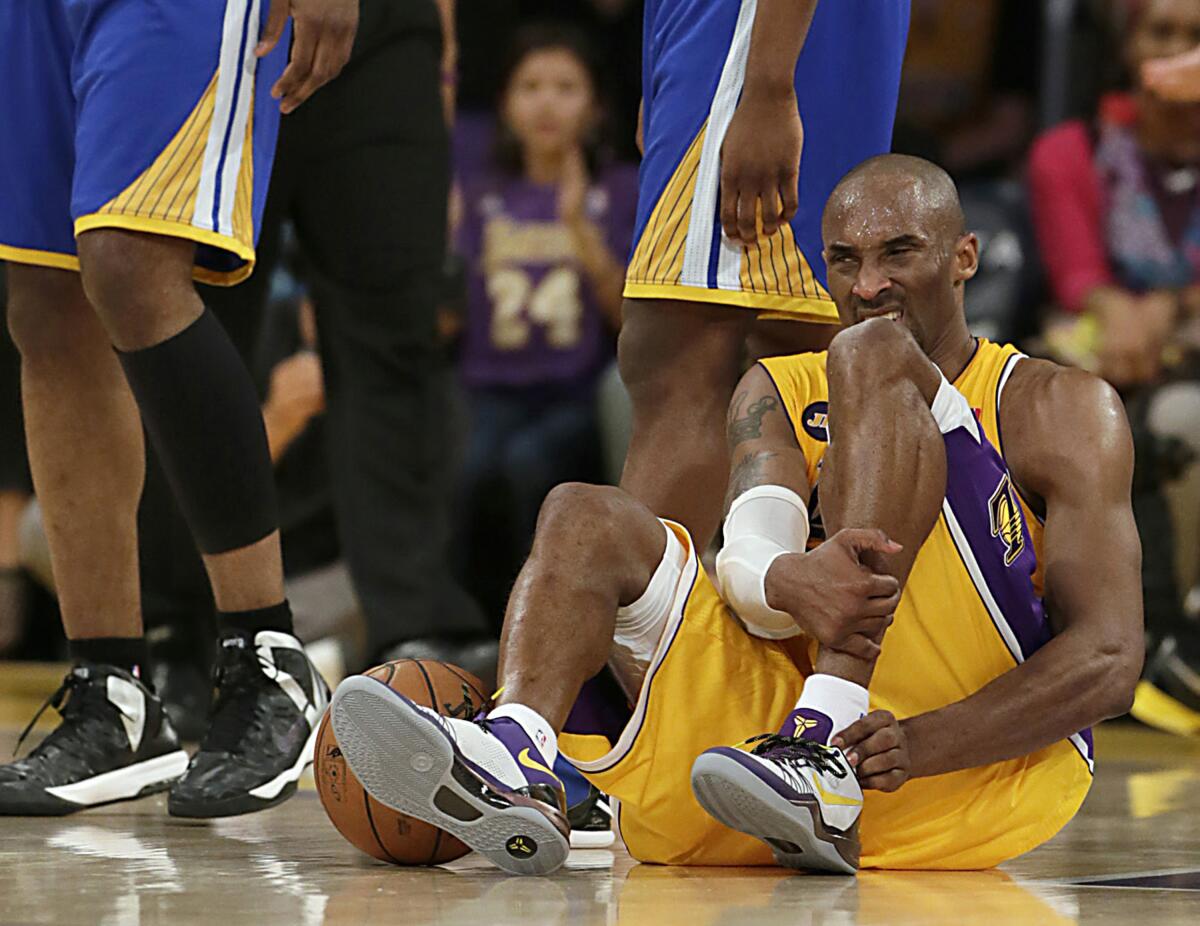
“Kobe was a special, special person to me,” Wilkins said. “And he was like, ‘Man, you know, how did you come back? Like, what did you do?’ And so we shared different thoughts on what it took to get back to the level you once were at.”
“You can’t rush it, can’t rush this injury,” he told Bryant. “You just got to come back when you know you’re ready. Not when everybody else thinks you’re ready. You just got to keep working.”
Years later when Stewart tore her Achilles playing in Europe, she landed in Los Angeles with a message on her phone from Bryant, a player whom she admired but barely knew.
Bryant offered his advice and told her that she’d be OK, that he believed one of the world’s top basketball players would be able to recover and return to form.
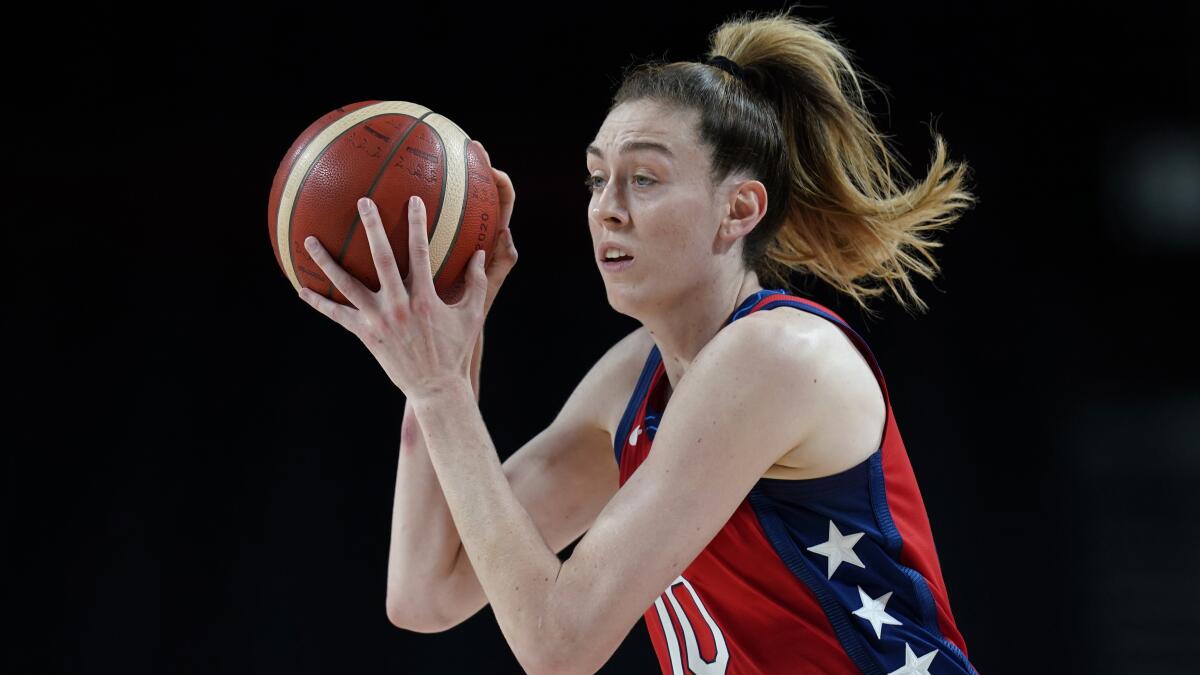
“He was just here to support me in whatever way he could,” Stewart said. “And that was huge.”
Bryant gave Stewart virtually the same advice he received from Wilkins.
“To not rush the process — I think that was one of the biggest things,” she said Bryant told her. “And continue to ... be my best every day. Because it’s through that injury, you have days where it’s like ‘Damn, I don’t want to go to rehab. I don’t want to. I don’t see any progress. I don’t see any light at the end of the tunnel.’ But you just have to keep going.”
Wilkins and Bryant both told Durant the same thing shortly after he tore his Achilles in the 2019 Finals, the slow-motion cameras capturing it snapping like an over-stretched rubber band.
Plum, who won gold earlier in these Games with the U.S. three-on-three team, injured hers nearly a year after Durant and Stewart. The three of them spoke at length about recovery on Stewart’s podcast.
“It’s very inspiring,” Durant said of Stewart and Plum. “There’s a lot of people out here that go through these injuries, especially this Achilles injury, so many people that don’t even play sports that have walked up to me told me they had an Achilles injury. I feel like, in a weird way, that it’s a connection — not just to athletes but people in general dealing with these things because that process, you know, breaks you down.”
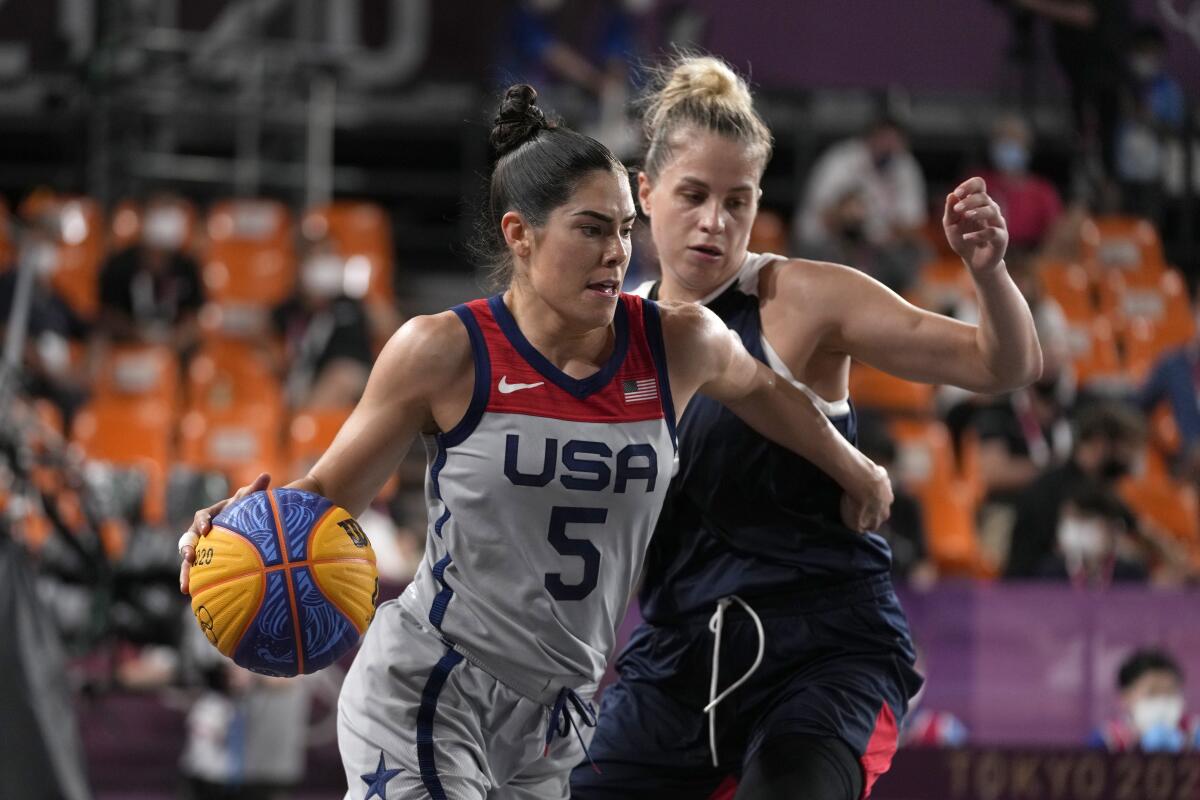
Nearly a year before Plum won gold, she was in bed, incapacitated, unable to perform simple tasks such as going to the bathroom without needing someone’s help. It was exhausting. Luckily, she had U.S. teammates who knew exactly what she was going through.
And when the Olympics were postponed because of the pandemic, it gave her an idea.
“It kind of popped in my head like, ‘Oh, this is very probable. Like, I could do this,’” Plum said.
She was first. Stewart and Durant are leading their teams right behind her.
Durant has been the men’s best player, dueling with Luka Doncic for best in the tournament. If the U.S. wins gold, it’ll be largely because of his play.
“I’m really proud of him,” Wilkins said. “I’m so proud to see how he came back. And then in the playoffs, to see how dominating he played and how fluidly he moved, he was absolutely incredible.”
And Stewart is coming off her best game of the Olympics, 20 points in the first half of the quarterfinal, and is following up on the WNBA championship in her first season back.
But most importantly, all of them are mentoring other players working their way back from the injury, an obligation that every member of the Achilles club is happy to fulfill.
“It’s a community,” Stewart said. “It’s a family of people who have ruptured their Achilles. Because it’s not easy. It’s not easy to get through, more so the mental than the physical. But if you have someone else on your side that you know, you can get there and get through it.”
It’s something Wilkins knows and what he tries to tell everyone who calls.
“If ’Nique can, you can.”
More to Read
Go beyond the scoreboard
Get the latest on L.A.'s teams in the daily Sports Report newsletter.
You may occasionally receive promotional content from the Los Angeles Times.

